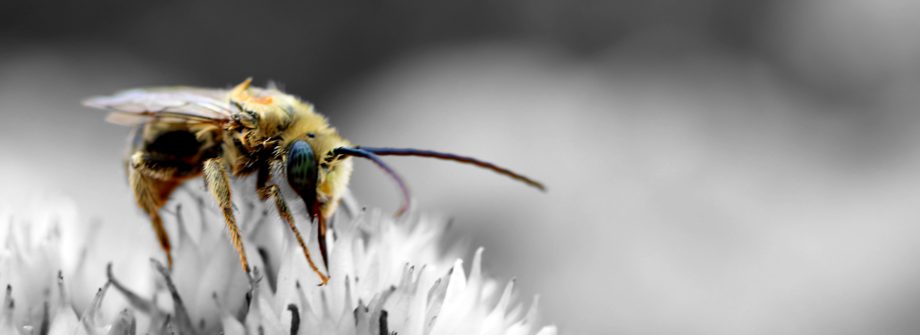Guest article by Ali Sanderson. Photo by Luke Schobert on Unsplash.
Planning and developing a beautiful garden is a very rewarding pastime. However, there is one aspect of a successful garden that many people overlook. That is the availability of pollinators. For those who hope to grow fruits or vegetables in their garden, having nearby pollinators, such as domesticated bees, is necessary for flowers to set fruit on plants.
Thankfully, beekeeping has become an increasingly popular activity for people with gardens and yards of all sizes. You do not need to have several acres of apple orchard to keep bees. You just need a little planning to ensure you have adequate food resources available for your hive.
Creating the Perfect Landscape
New Orleans agriculture, plants, and wildflowers depend on pollination from bees. Thus, the fall season is the perfect time to plant and make your garden landscape a bee-friendly environment. You can add a variety of plants that bloom at different times throughout the year, especially during the months from February to October when bees are most active.
When planning your garden, the main objective is to create a peaceful and relaxing setting where you can enjoy your landscape design. At the same time, you can arrange plants where it is easy to observe the visiting bees. You can place taller shrubs or plants in the back and shorter plants in the front for a better view from all sides.
Prioritize Bee-Friendly Plants and Flowers
There is a host of blooming plants for every season that will entice and feed bees in your garden. For example, in the spring, you could include:
- Crocus
- Hyacinth
- Borage
- Wild lilac
- Calendula
Summer offerings are somewhat different. During this season, bees will seek out blooms on plants such as:
- Snapdragons
- Foxgloves
- Hostas
- Echinacea/coneflower
- Bee balm
- Cosmos
There are even fall blooming flowers, such as witch hazel, sedum, goldenrod, asters, and zinnias that will tempt bees into your yard. Sunflowers are also popular fall flower choices, although bees prefer yellow and orange to red sunflowers. For those who must have something more formal and decorative, both primroses and lavender are well known as popular bee foods. If you are gardening for food, mint and rosemary, as well as thyme all attract bees to your yard.
Consider Adding a Beehive To Keep Your Own
A beehive typically only takes up a few square feet of space. Within your own beehive, you can have multiple boxes and frames that hold hundreds or even thousands of honeybees. Placing your beehive in an area with dappled sunlight and protection from the wind is ideal. You should also keep children and animals away from your bees.
You may also want to purchase a bee feeder and provide your bees with basic simple syrup of sugar and water when there are no flowers in bloom. A birdbath or similar open body of water can also provide drinking water for your bees and any other visitor to your garden, from hummingbirds to songbirds.
Bees are a critical component in most garden ecosystems. With a little bit of careful planning, you can make your home a bee-friendly haven. Doing so will not only improve the productivity of your garden, but it will also give you the satisfaction of knowing you are helping to protect the bees at a time when their population is decreasing.

